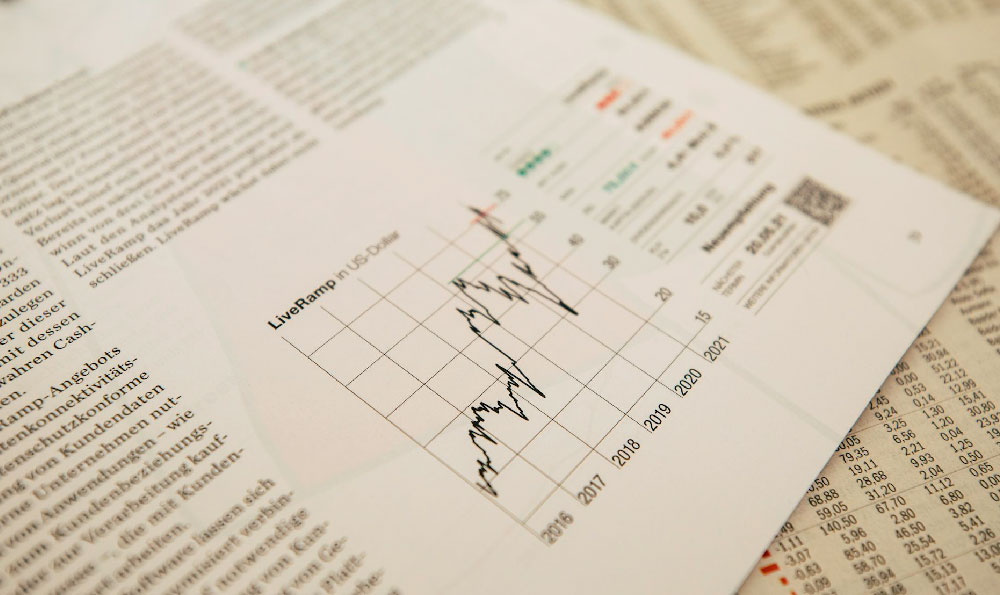Are acorns a wise investment? The query itself suggests a whimsical yet insightful examination of investment principles applied to an unconventional asset. While acorns, the seeds of oak trees, aren't typically considered a financial instrument in the conventional sense, exploring their potential as an investment vehicle provides a valuable framework for understanding risk, reward, diversification, and the importance of thorough research in any investment endeavor.
Let's start by dismantling the premise. Why might someone even consider acorns as an investment? Perhaps they envision a future where oak trees are highly valued, and acorns, as the precursors to those trees, become a scarce and sought-after commodity. This scenario could be driven by various factors: deforestation leading to a shortage of hardwood, increased demand for oak-derived products like tannins or certain medicinal compounds, or even a renewed focus on ecological restoration using native oak species. In this context, acquiring acorns now could be seen as a bet on this future scarcity and increased demand.
However, the risks associated with such an investment are considerable and multifaceted. The primary risk lies in the inherent uncertainty surrounding future demand. The scenario outlined above, while plausible, is far from guaranteed. Market trends are notoriously difficult to predict, and the value of acorns could remain negligible for an extended period, potentially rendering the investment worthless.

Beyond demand, there are significant supply-side risks. Acorns are subject to natural fluctuations in production. Oak trees don't produce acorns consistently every year; they often exhibit cyclical patterns of abundance and scarcity, influenced by factors like weather conditions, pollination success, and the overall health of the trees. A large acorn harvest in a given year could flood the market, driving down prices and negating any potential gains for investors.
Storage and preservation pose another significant challenge. Acorns are susceptible to spoilage, insect infestation, and fungal growth. Proper storage requires specific conditions, such as cool temperatures, controlled humidity, and protection from pests. The costs associated with maintaining these conditions can erode any potential profit margin. Furthermore, even with optimal storage, the viability of acorns decreases over time, reducing their value as planting stock.
The issue of liquidity also looms large. Unlike stocks, bonds, or even cryptocurrency, there's no established market for acorns. Selling a large quantity of acorns would likely be difficult and time-consuming, requiring investors to find individual buyers or establish their own distribution channels. This lack of liquidity makes it challenging to quickly convert the investment into cash if needed.
Another critical consideration is the opportunity cost. Investing in acorns means foregoing other potential investment opportunities that might offer higher returns and lower risks. Before committing capital to acorns, investors should carefully evaluate alternative investment options and consider their potential risk-adjusted returns.
Furthermore, the regulatory landscape surrounding acorns, while currently limited, could change in the future. Governments might impose restrictions on the collection or sale of acorns to protect oak forests or prevent the spread of invasive species. Such regulations could significantly impact the value of acorn investments.
Now, let's take a more nuanced approach. Instead of considering acorns as a purely speculative investment, one could explore more sustainable and ecologically sound approaches. For example, investing in oak tree nurseries or forestry management companies focused on oak restoration could be a more responsible and potentially profitable avenue. These businesses not only contribute to environmental conservation but also generate revenue through the sale of oak seedlings, timber, or other oak-derived products. This type of investment aligns with the growing trend of socially responsible investing and could appeal to environmentally conscious investors.
Furthermore, the idea of "investing" in acorns could be interpreted more broadly as investing in knowledge and skills related to oak trees. Learning about oak tree ecology, propagation techniques, and the various uses of oak products could empower individuals to become more self-sufficient and resilient. This type of investment, while not directly generating financial returns, can enhance personal well-being and create new opportunities for income generation.
In conclusion, while the notion of acorns as a straightforward financial investment carries significant risks and uncertainties, exploring this concept offers valuable insights into the fundamentals of investment decision-making. It highlights the importance of conducting thorough research, assessing risk tolerance, considering opportunity costs, and diversifying investments. The viability of acorns as an investment hinges on highly speculative assumptions about future market conditions and demand. A more pragmatic approach involves exploring related opportunities within sustainable forestry, ecological restoration, or acquiring knowledge and skills related to oak trees. Ultimately, any investment decision, whether it involves acorns or more conventional assets, should be based on a careful evaluation of risks and rewards, a clear understanding of market dynamics, and a long-term perspective.












